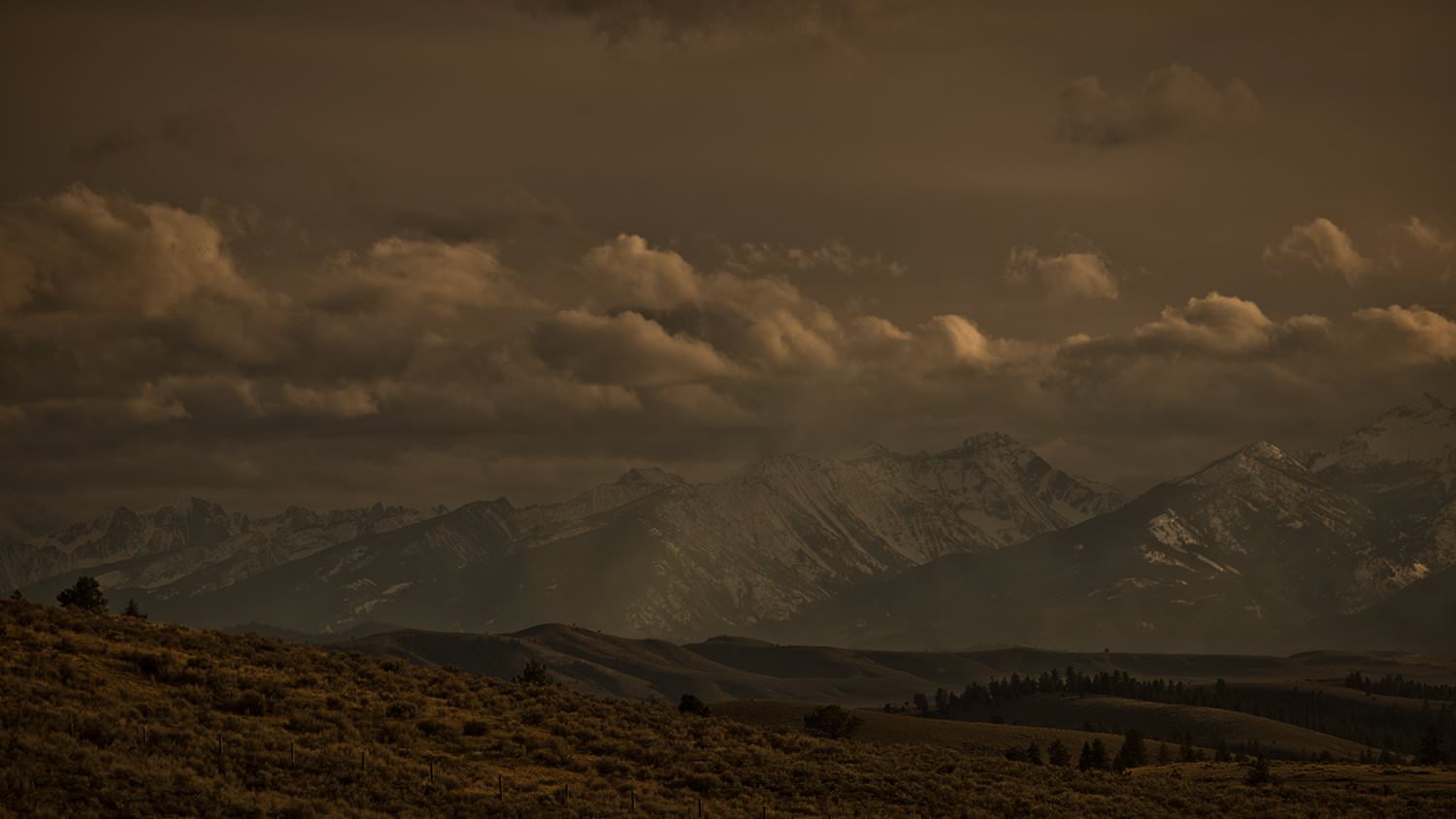5 Good-News Trends About Deer Hunting
- December 20, 2016
- By Adam Preston
- Trends

Although it’s true that some states have experienced subpar deer hunting seasons over the past few years, economists and conservationists don’t have to panic just yet. Despite gloom-and-doom prognostications, hunting (deer hunting in particular) is gaining in popularity in the U.S.
According to the National Shooting Sports Foundation, more than 21.8 million Americans have taken to the field to go hunting at least once in the past five years. That is a considerably larger hunting population than the previously estimated 14 million hunters (12.5 million whitetail hunters). These hunters contribute more than $87 billion to the U.S. economy, of which $1 billion goes to wildlife conservation. According to the U.S. Fish and Wildlife Service, between 2006 and 2011, the number of hunters in the U.S. grew by 9 percent, while their spending on hunting-related products and services grew by more than 30 percent.
In addition to the economic impact, the following five trends have emerged among the American hunting public, and white-tailed deer hunters in particular:
1. The Most Diehard Deer Hunters Reside in 5 States
The Top 5 states for hunting activity are: Texas, Pennsylvania, Michigan, Ohio and Wisconsin. Hunters in these states spend more than 62 million days a year chasing whitetails. That is almost exactly one-half of all deer hunting activity in the U.S.
On a national level, according to the USFWS, hunters spend nearly 123 million days chasing whitetails each year. Deer hunting accounts for 60 percent of all hunting activity in the U.S.
2. Nonresident Hunters on the Rise
Not surprisingly, the West is the most-visited region for big-game hunting. More than 207,000 nonresident hunters head West annually. The Midwest attracts more than 147,000; Northeast, 65,000; and the Southeast about 50,000. Exact figures for previous decades are not available, but game managers estimate today’s nonresident big-game hunting numbers might be 30 percent higher than what they were in the booming 1980s.
From a hunting industry perspective, retailers and marketers would be wise to target the 40-somethings. According to the NSSF report, the average age of a nonresident hunter is 44 to 46 years old, depending on which region and/or state you’re talking about. The low end is the Southeast, at 44 years old, and highest in the Northeast, at 48 years old.
3. Some Hunters Take Time Off
Any discussion of hunter numbers must always take into account the number of “inactives” during any given year. Although the U.S. has about 12 million diehard whitetail hunters (guys and gals who hunt every year no matter what), it also has a sizable number of inactives. This is also called “churn.” In short, it means that some hunters — for whatever reasons — are not perennial participants.
According to the NSSF report, only 80 percent of this year’s Midwest resident hunters expect to buy a hunting license next year. Of the hunters who bought nonresident licenses in that region, only 50 percent expected to return to that state to hunt again next year.
The Northeast has the highest annual retention percentage of both resident and nonresident hunters — 86 percent and 67 percent, respectively. The Southeast has the lowest, where 68 percent of residents and 50 percent of nonresidents expect to return next year. The overwhelming majority of hunters who do not return next year, however, will again buy hunting licenses at some point within the next five years.
The national “churn” percentage is 78 percent for resident hunters and 49 percent for nonresidents.
4. Distribution of Female Hunters
The study again confirmed that deer hunting is a predominantly male activity, as men accounted for 91 percent of the entire hunting population throughout three of the four regions in the U.S. — Midwest, Northeast and Southeast.
That was not true, however, for the Western region, which attracts nearly double the female hunting base compared to any other region. We can only assume that the larger hunting areas, easier access and lower hunting competition helps boost women hunter number to 13 percent of the West’s entire hunting population.
By comparison, women hunters account for only 7 percent of the South’s hunting population and 8 percent, respectively, for both the Northeast and the Midwest.
5. Deer Above All Else
An interesting statistic that arose from the study centered on hunters who consider themselves primarily deer hunters first and foremost. For example, of the hunters who consider themselves as diehard deer hunters, only 24 percent said they also hunt wild turkeys. Of those same hunters, only 12 percent said they also hunt waterfowl. That is quite a contrast from the hunters who identify primarily as bird hunters. For example, of the diehard waterfowl hunters, 81 percent said they also hunt deer, and 90 percent of diehard turkey hunters also hunt deer.
